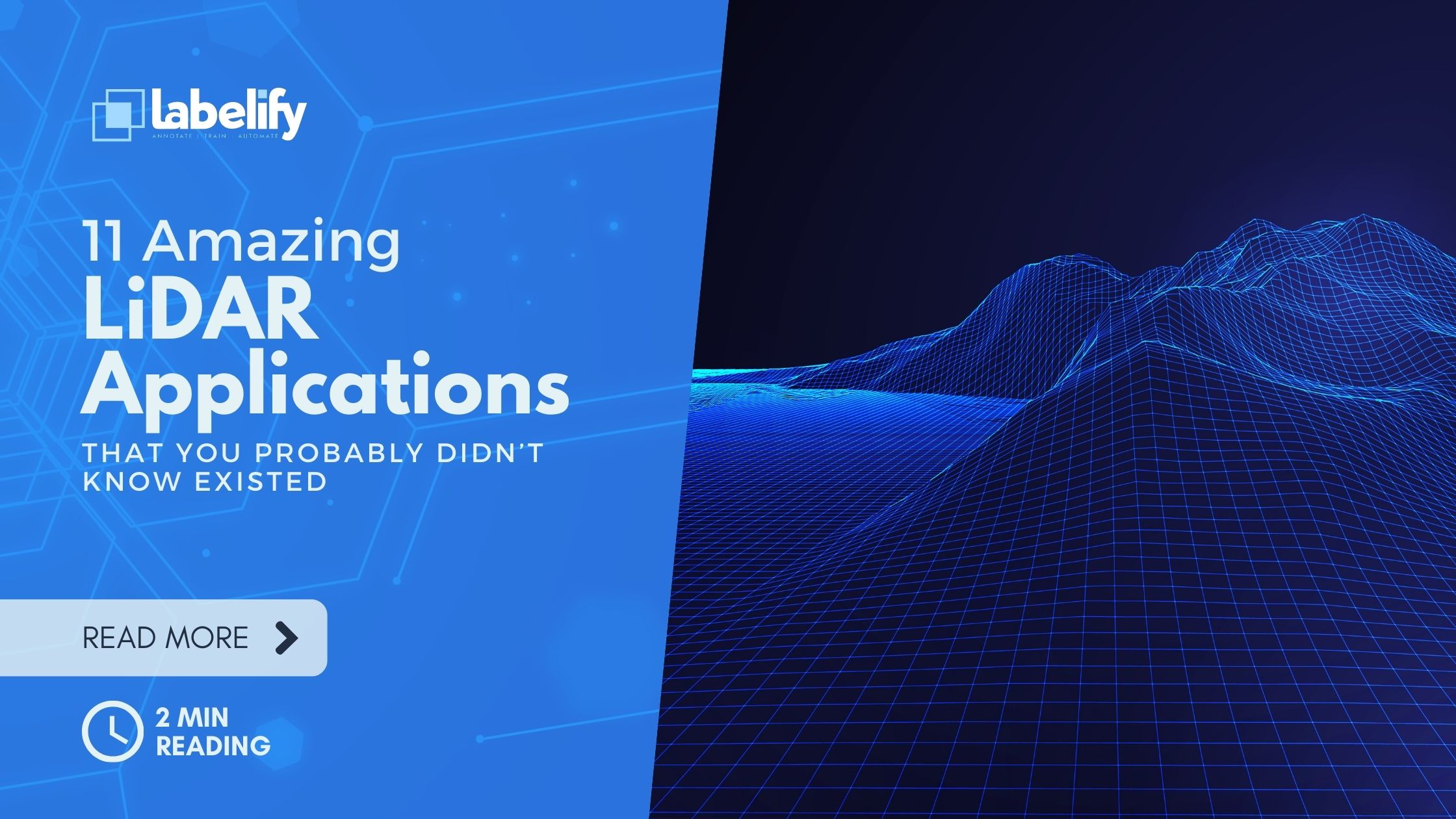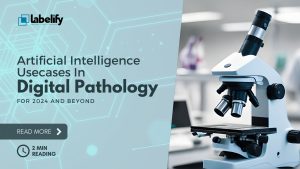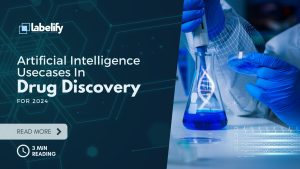Table of Contents
11 Amazing LiDAR Applications That You Probably Didn’t Know Existed
Apple’s latest flagship smartphone, the iPhone 13 Pro Max features a LiDAR scanner, which will enable immersive augmented reality experiences (AR), reduced photo capture times, and six times faster autofocus in low lighting.
This will be the first time most people have used LiDAR technology. The technology is not new, but it has been around for over 60 years. Hughes Aircraft Company was the first to develop a LiDAR prototype. It was built in 1961. The United States space program was one of the first to use LiDAR technology to map the Moon during the 1971 Apollo 15 mission. LiDAR has become more practical. It is used to track climate change and find lost cities.
***Image**
What is LiDAR?
LiDAR (or Light Detection and Ranging) is an active remote sensing technology. It uses light, in the form of a pulsed laser, to measure distance. The system generates data points that combine light pulses with other data points to create 3-D information about objects and their environment. LiDAR provides a faster and more accurate way to find the distance between objects than RADAR and cameras.
LiDAR is able to see through walls and trees. It can also be used to produce digital elevation models of high resolution with vertical accuracy of up to 10 cm. The LiDAR device includes a laser scanner, GPS, and Inertial Navigation Systems (INS). The equipment is usually mounted on a vehicle such as an airplane, automobile or drone.
There are two types of LiDAR that are most commonly used. Topographic uses a near infrared laser to map areas of land. To map underwater terrain, the second, bathymetric, uses a green-water-penetrating laser. LiDAR can be useful because it’s accurate and fast and can be used anywhere the earth’s surface structure or shape must be determined.
LiDAR measures how long it takes for a laser pulse to travel between its current location and another object or surface. This time can be used to calculate distance and converted into elevation.
Two types of waveforms can be recorded from the sensor’s return signal. A discrete return is used to record individual points of the waveform. The system can record one to four returns for each laser pulse. A complete waveform captures more information and creates a more detailed image of the area.
11 LiDAR Applications That Are Amazing
LiDAR can be used in a variety of industries, including forestry and autonomous vehicles. LiDAR’s most popular use is to track the speed of vehicles. It is used by law enforcement agencies for this purpose and to investigate accidents.
These are just a few examples of LiDAR’s many uses today.
- Agriculture – LiDAR is a tool that can be used to help companies in agriculture technology (AgTech), find the best areas for optimal sunlight. It can also be used to train machine-learning systems to identify crops that require fertilizer or water.
- Archeology – This technology has revolutionized archeology and allowed experts to discover hidden structures all over the globe.
- NASA Astronomy (U.S. National Aeronautics and Space Administration), used LiDAR technology for Mars exploration. They were able to create topographic maps and detect snow in the atmosphere.
- Climate change – Scientists use LiDAR to track and study changes in the atmosphere. German researchers have created an airborne LiDAR system to track atmospheric gases. It may also be possible to use it from space. It is being used by botanists to track changes in forested areas. LiDAR is also used to determine changes in glaciers over the course of time.
- Land management – Land management can track land resources in real time, which allows for more efficient and faster mapping than aerial surveys. It is also used in disaster assessment and early warning systems, emergency responses (e.g. to fight forest fires) as well as location-based investigations.
- Land mapping – LiDAR is used by the National Oceanic and Atmospheric Administration to create precise shoreline maps and digital elevation models that can be used for GIS (geographic Information Systems). It is also used to aid in emergency response missions.
- LiDAR is a tool for oil and gas exploration. It has a shorter wavelength than other technologies. LiDAR can detect small molecules in the atmosphere. Differential absorption LiDAR (DIAL) is a new technology that helps locate oil and gas deposits.
- Meteorology – Since its inception, LiDAR has been used to help meteorologists study the clouds and their patterns. It uses the wavelength to detect tiny particles within the cloud. Meteorology uses many types of LiDAR.
- Renewable Energy – LiDAR can help identify the basic requirements to harness solar energy. For example, optimal panel placement. It can also be used to calculate wind speed and direction to enable wind farm operators to place and build turbines.
- Robotics – LiDAR can be used to equip robots mapping and navigation capabilities. The technology is used to train an autonomous vehicle to recognise distances between it and other objects.
- Tsunami modeling- LiDAR can be used to alert people when there is a tsunami in their area. It is also used to determine the seashore elevation and the underwater elevation. Experts can layer the LiDAR data into the GIS to determine which areas are most likely to be affected by a tsunami.
Computer Vision: Making LiDAR data useful
LiDAR data must accurately be labeled in order to be useful for computer vision and, more specifically, supervised-machine learning. This is a difficult task that can be scaled. AI developers face the challenge of transforming large quantities of raw data into structured data that can then be used to train machine-learning models. This requires labeling data that can be used to train machines to understand and interpret the visual world.
Labelify understands that annotation data for computer vision models takes a strategic mix of people, processes, and technology. It’s actually our specialty. Our professionally managed teams can assist you if your company uses LiDAR technology. Contact us to learn how we can help you annotate data using any tool for computer vision applications with high accuracy.




